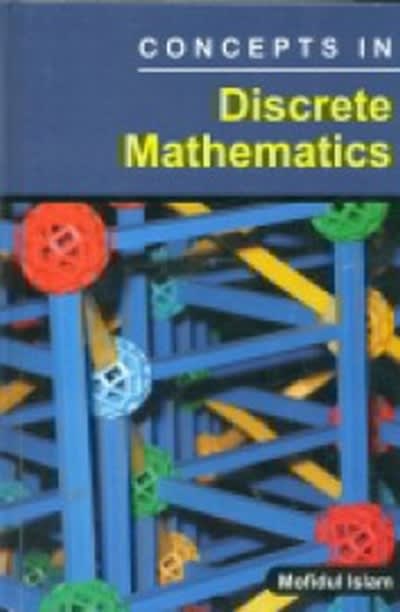


Looking for some help with these two questions
Question 1: drop down options: 1st one: (No,Yes) 2nd one: (are not,are), 3rd one: (fail to reject, reject), 4th one: (is, is not), 5th one: (reject, support), 6th one: (changed, not changed, increased, decreased)
On a television show, eight contestants try to lose the highest percentage of weight in order to win a cash prize. As part of the show, the contestants are timed as they run an obstacle course. The table shows the times (in seconds) of the contestants at the beginning of the season and at the end of the season. At a = 0.05, is there enough evidence to support the claim that the contestants' times have changed? Assume the samples are random and dependent, and the population is normally distributed. Complete parts (a) through (e) below. Contestant 2 3 4 5 6 7 8 Time (beginning) 131.9 100.1 120.4 149.4 100.6 156.8 102.2 131.5 Time (end) 123.2 95.7 115.9 147.0 86.3 154.2 91.8 115.8 (a) Identify the claim and state Ho and Ha What is the claim? O A. The contestants' times have changed. O B. The contestants' times have increased. O C. The contestants' times have decreased. O D. The contestants' times have not changed. Let ud be the hypothesized mean of the difference in the times (beginning - end). What are Ho and Ha? OA. Ho: Hd # 0 OB. Ho: Hd 2 d O C. Ho: Ha sa Ha: Hd = 0 Ha : Hd
d O D. Ho: Hd SO OE. Ho: Hd 20 OF. Ho: Hd = 0 Ha: Hd > 0 Ha: Hd |j O C. 1>|: (c) Calculate d and sd. d: I: (Round to three decimal places as needed.) Calculate sd. sd = I: (Round to three decimal places as needed.) (d) Find the standardized test statistic t. t= I: (Round to three decimal places as needed.) (6) Decide whether to reject or fail to reject the null hypothesis and interpret the decision in the context of the original claim. |:l the null hypothesis. There |:l enough evidence to E] the claim that the contestants' times have |:l The pass completion percentages of 10 college football quarterbacks for their freshman and sophomore seasons are shown in the table below. At a = 0.05, is there enough evidence to support the claim that the pass completion percentages have changed? Complete parts (a) through (e) below. Player 2 3 4 5 6 7 8 9 10 Completion percentage (freshman) 67.3 62.2 57.6 61.0 62.5 51.0 56.0 64.4 53.2 59.9 Completion percentage 66.9 57.2 64.5 62.1 60.7 58.6 61.6 63.4 54.3 62.0 (sophomore) (a) Identify the claim and state Ho and Ha- What is the claim? O A. The pass completion percentages have not changed. O B. The pass completion percentages have changed. O C. The pass completion percentages have increased. O D. The pass completion percentages have decreased. Let ud be the hypothesized mean of the differences in the pass completion percentages (freshman - sophomore). Then d is the sample mean of the differences. What are Ho and Ha? OA. Ho: Hd 20 OB. Ho: Hd # 0 O C. Ho: Hd = 0 Ha: Hd 0 Ha : Hd d (b) Calculate d and sd. Calculate d. d =(Round to three decimal places as needed.)Calculate Sa- sd = (Round to three decimal places as needed.) (c) Find the standardized test statistic t. t= (Round to two decimal places as needed.) (d) Calculate the P-value. P-value = (Round to three decimal places as needed) (e) The rejection regions for this test would be t 2262, so the null hypothesis would not be rejected. Decide whether to reject or fail to reject the null hypothesis using the P-value. Interpret the decision in the context of the original claim. Are the resulm the same as the critical value approach? [7 the results V the same as using the critical value approach V the null hypothesis There 1 enough evidence to 7 the claim that the pass completion percentages have V













